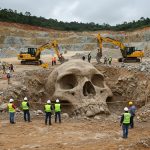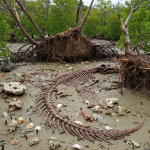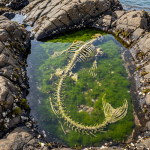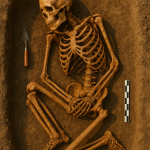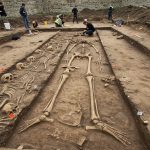Over 100 Ancient Dog Skeletons Discovered in Peru—Shedding Light on Pre-Columbian Rituals
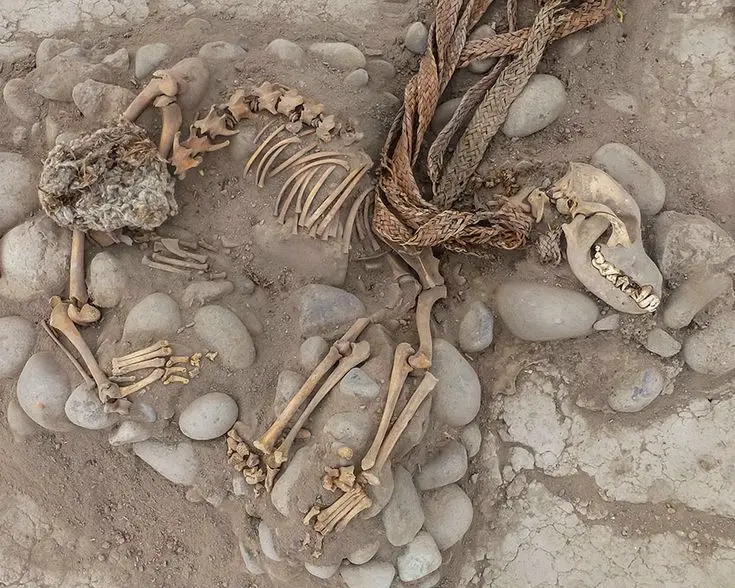
Archaeologists working in Lima’s renowned Parque de las Leyendas have made a remarkable discovery: more than 100 dog skeletons, carefully buried and remarkably well-preserved, dating back roughly 1,000 years. Unearthed from pre-Columbian layers beneath the city, these canine remains are not mere strays or random finds—they were intentionally interred, indicating a significant cultural and possibly spiritual role for dogs in ancient Peruvian societies.

Preliminary analysis suggests these dogs may have been part of ceremonial or ritual practices, potentially serving as offerings or spiritual companions in death. Their deliberate placement alongside human remains or within ceremonial contexts points to their importance beyond mere domestication. Many of the skeletons show signs of care and grooming, and some were buried with ornamental items, reinforcing their likely status as revered animals rather than utilitarian ones.
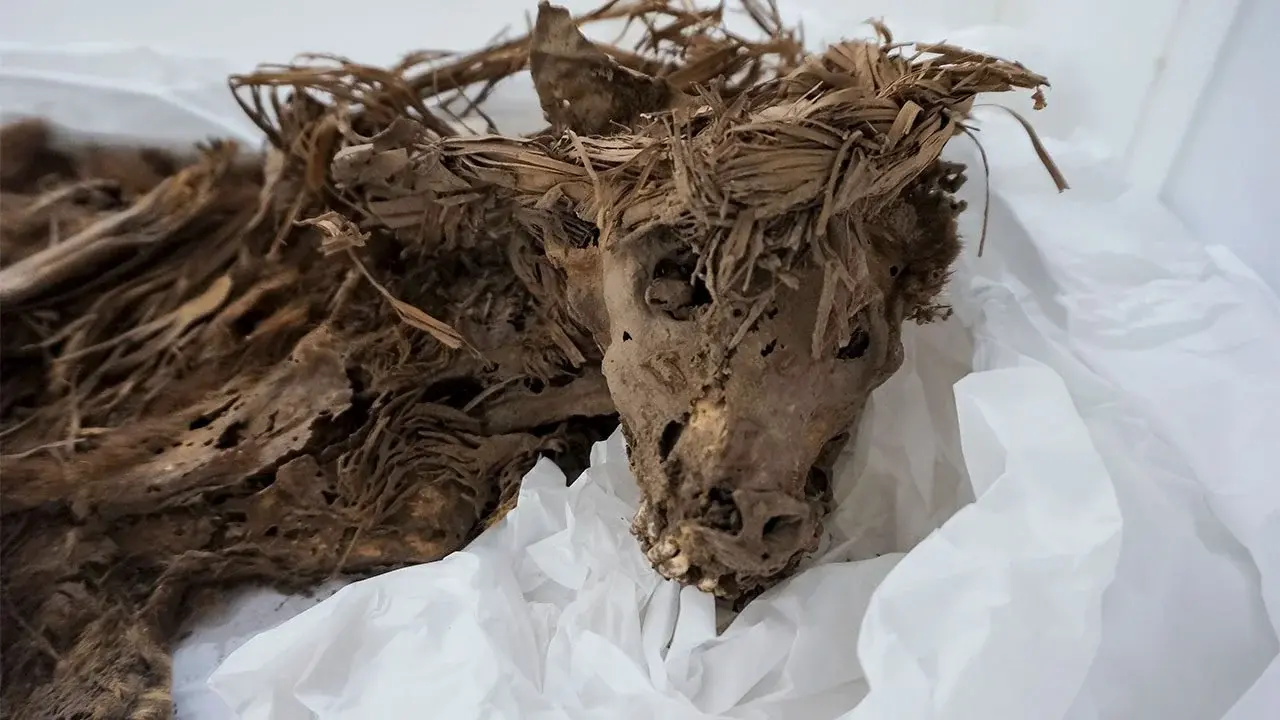
This discovery provides a fascinating window into the worldview of ancient coastal cultures like the Lima and Ychsma civilizations, who thrived long before the Inca Empire. Dogs, already considered sacred or symbolic in many pre-Columbian cultures, may have held roles as protectors of the dead, guides to the afterlife, or spiritual emissaries. As excavations continue and researchers study the site further, these loyal companions may help tell a broader story—one of belief, ritual, and the deep bond between humans and animals in Peru’s ancient past.
